Ryan O’Neal, actor who starred in Love Story, Paper Moon, What’s Up, Doc? and Barry Lyndon – obituary
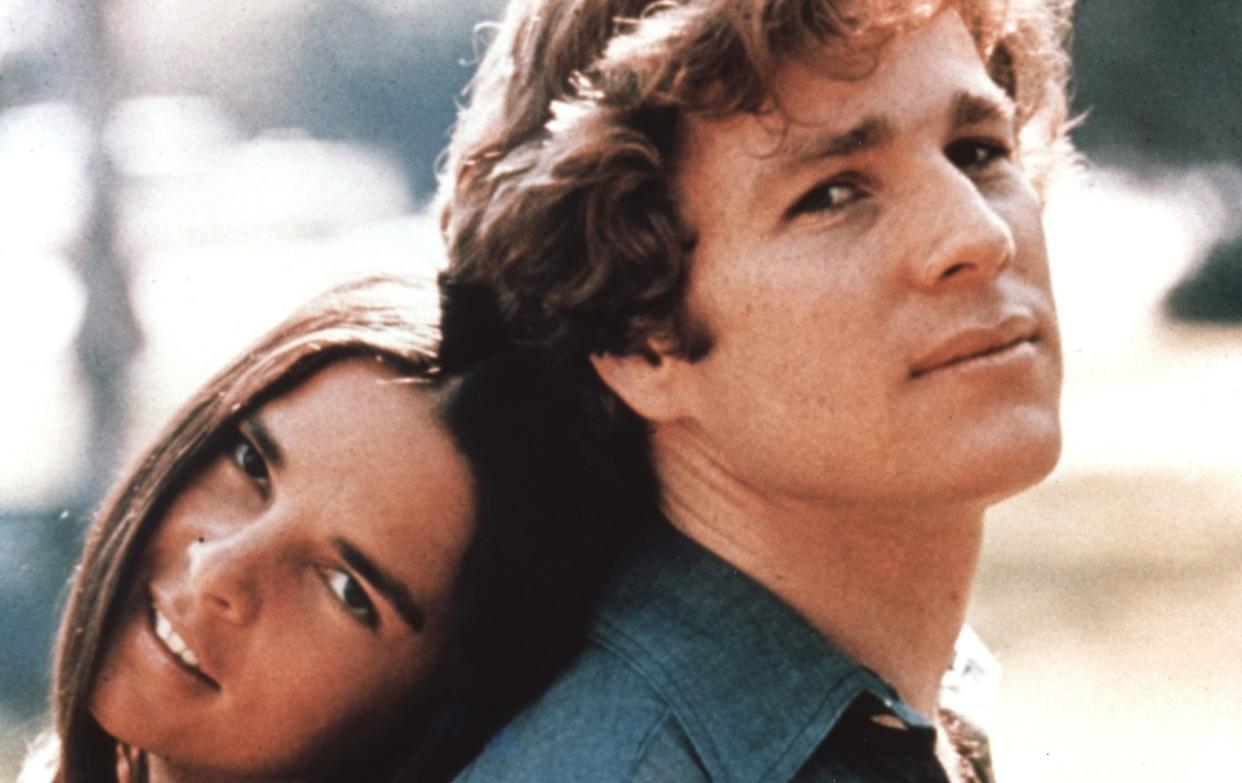
- Oops!Something went wrong.Please try again later.
- Oops!Something went wrong.Please try again later.
- Oops!Something went wrong.Please try again later.
- Oops!Something went wrong.Please try again later.
Ryan O’Neal, the actor, who has died aged 82, was nominated for an Oscar for his role in Love Story (1970), one of the most successful films of all time; but although it made him a household name, his career never reached the heights expected of him and he became better known for his turbulent personal life.
O’Neal was already something of a heartthrob to fans of the popular US television series Peyton Place when he landed the role in Love Story of Oliver Barrett IV, a rich Harvard undergraduate who falls for a working class Italian-American music student, Jenny Cavilleri (Ali MacGraw).
Despite their different backgrounds, and the objections of his father, Oliver Barrett III (“if you marry her now,” he tells his son, “I’ll not give you the time of day”), the lovers marry and eventually move to New York. But their dreams are shattered when Ali MacGraw’s character goes for a pregnancy test and is diagnosed with leukaemia; the film ends with her dying in his arms.
O’Neal and Ali MacGraw were perfectly cast as the beautiful but doomed couple, and the film left audiences awash with tears.
It received a mixed critical reaction (Alexander Walker described it as “Camille with bullshit”); but the combination of old-fashioned romance and fruity language – “screw Paris,” says O’Neal when their planned trip is scuppered by the cancer diagnosis – was a huge commercial success, and Love Story grossed more than $50 million. “The death of a beautiful woman,” explained an executive producer of the film, “is always a poetic subject.”
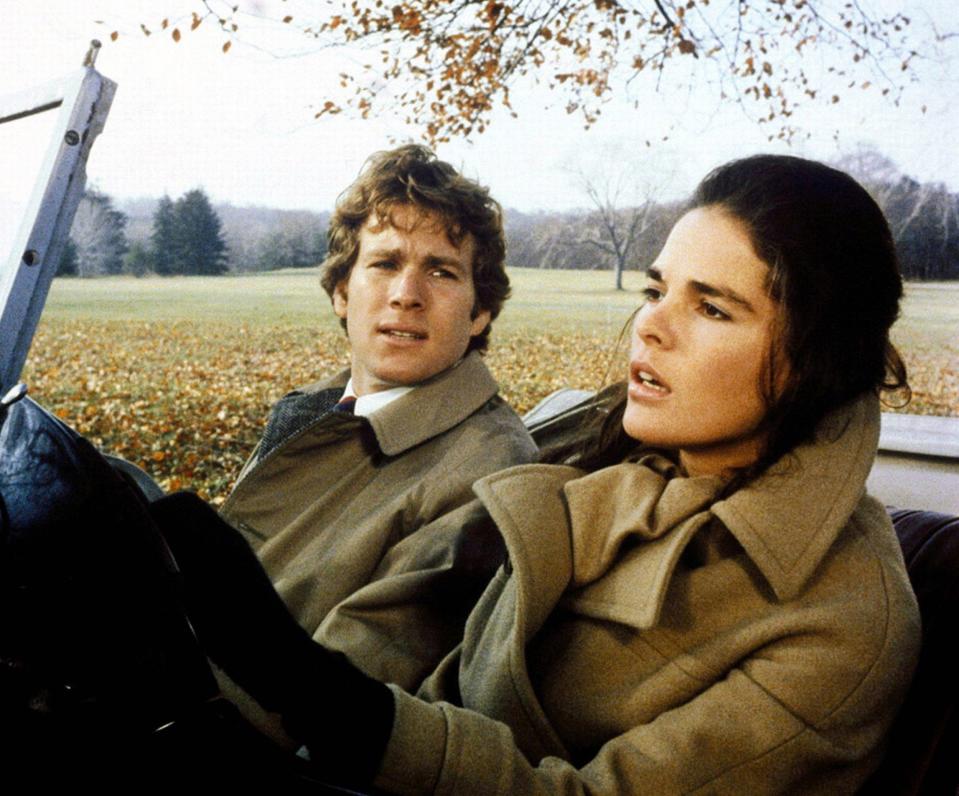
Despite the sleek sentimentality of the plot, O’Neal was highly convincing as the young man, forced to watch helplessly as his wife dies, and he gave a sterling performance in the indescribably mushy prolonged kissing scene and the montage of the couple tossing snowballs at each other.
It was, wrote a reviewer for Variety, “O’Neal’s picture by a good margin”, and for a role which ended with his character walking out into the snow, having uttered the now-immortal line, “love means never having to say you’re sorry,” he received an Oscar nomination.
Charles Patrick Ryan O’Neal was born in Los Angeles on April 20 1941, the older son of the novelist and scriptwriter Charles “Blackie” O’Neal and his wife, the actress Patricia Callaghan.
Ryan spent much of his childhood abroad, living in Britain, Germany, Mexico and the West Indies, eventually enrolling at Los Angeles University High School. By this time he had, he later admitted, developed a somewhat pugnacious attitude to life. “I knew life was a kick, a fun time,” he recalled in 1971, “and part of the fun, I guess, was getting into a lot of fights.”
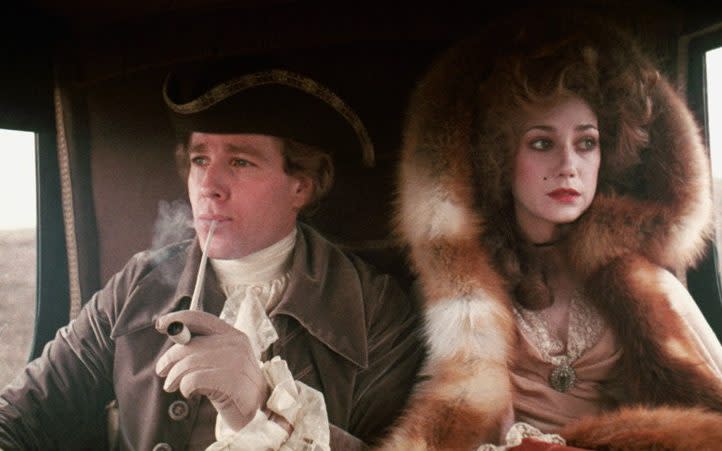
In 1958, while his parents were working on Tales of the Vikings, a television series that was being filmed in Germany, they suggested that Ryan enrol at the US Army High School in Munich. To avoid this, he applied for a job as an extra and stuntman on Tales of the Vikings, and although initially rejected, he persisted, telling the show’s producer: “I am six feet tall and with a false beard I will look as much like a Viking as any actor on the set.”
He was hired, and spent the next seven months working on the series, before returning to Hollywood in search of stardom.
Throughout the 1960s he appeared in a number of television series, including Empire, a modern western for television. He was then offered the part of Rodney Harrington, a rich, all-American boy, in Peyton Place, the first American soap opera to travel to Britain, which also starred a young Mia Farrow. Audiences of 60 million in America and eight million in Britain watched in rapt amazement the breathless love affairs and guilty secrets of the inhabitants of the New England town.
O’Neal’s character went through a shotgun wedding, a divorce, the loss of his girlfriend, and by the last episode he was confined to a wheelchair. The actors had to contest with frequently risible dialogue. O’Neal recalled: “Some of the things the script forced us to say were so bad, we had to whisper them, hoping no one would hear us.”
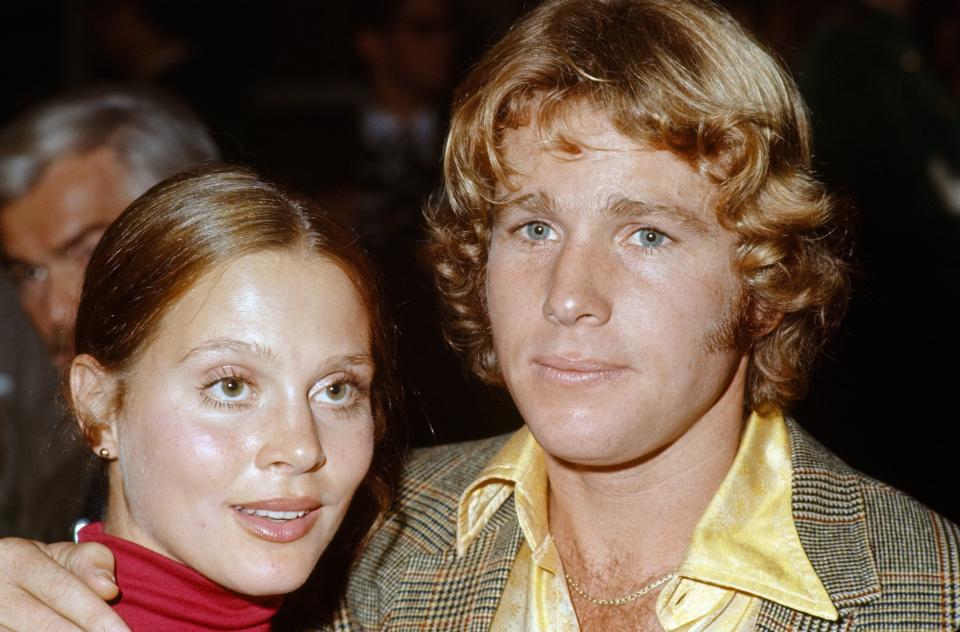
Peyton Place led to O’Neal’s first feature film, The Big Bounce (1969), alongside another Peyton Place star, Leigh Taylor-Young, who became O’Neal’s second wife. The Big Bounce was based on an Elmore Leonard novel, but 40 years later Leonard rated it the “second-worst movie ever made” (the worst being the 2004 remake). The only distinguishing feature of The Big Bounce was that it was one of the first American films to exploit nudity.
O’Neal followed it up with Michael Winner’s The Games (described by one critic as an “enjoyably rotten movie”) in which O’Neal played an American runner competing in the Rome Olympic Games against a British runner played by Michael Crawford and a Czech played by Charles Aznavour.
The scriptwriter of The Games was Erich Segal, who went on to write Love Story and suggested O’Neal for the lead role in that picture.
Its success guaranteed his star status, but after playing privileged rich boys in both Peyton Place and Love Story, O’Neal was keen to add other characters to his repertoire. “I’m tired of playing all-American college kids,” he announced in 1971 and that same year he took a role opposite William Holden in The Wild Rovers, a tragi-comedy about two cowboys who tire of life and decide to rob a bank. The film was not a success.
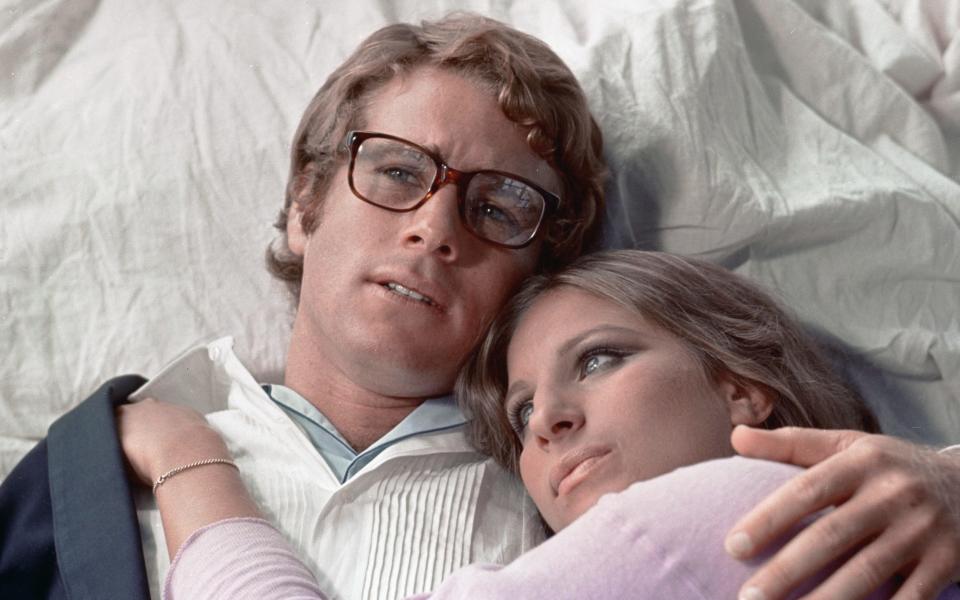
In 1972 he starred opposite Barbra Streisand in Peter Bogdanovich’s What’s Up Doc?, a pastiche of the screwball comedies of the 1930s, in which he played an absent-minded musicologist (sporting the obligatory thick-lensed, horn-rimmed spectacles) who becomes entangled with a kooky student (Streisand), resulting in the inevitable madcap mix-ups. Although the film was a commercial hit and remains popular through holiday television repeats, it received mostly sniping reviews.
After pairing with Jacqueline Bisset as a jewel thief in Bud Yorkin’s comedy The Thief Who Came to Dinner in 1973, O’Neal and his nine-year-old daughter, Tatum, starred together in Peter Bogdanovich’s Paper Moon, the tale of a conman bible salesman and his daughter.
Set in the Midwest during the Great Depression, the film charmed critics and audiences alike; O’Neal père played the role of the exasperated father to perfection, while his daughter shone as his sidekick. For both it was, perhaps, their finest hour. “It is so enjoyable, so funny, so touching,” said The Sunday Telegraph, “that I couldn’t care less about its morals.” Tatum O’Neal won an Oscar for her role.
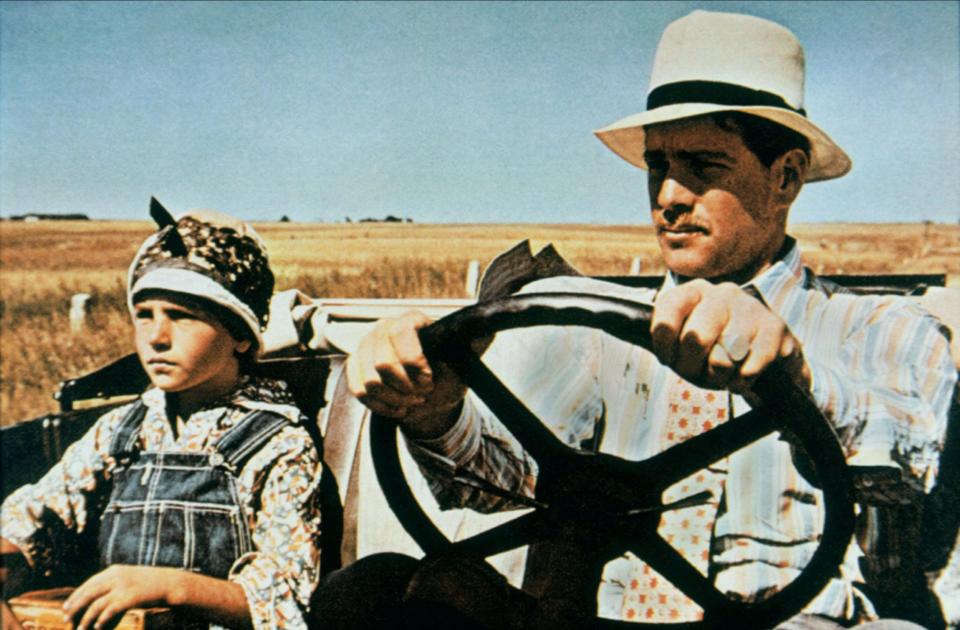
But as the 1970s wore on, O’Neal’s career took a nosedive. He had already acquired a reputation in the media for being aggressive (one interviewer described in 1971 his “aura of scarcely contained violence”) and his erratic love life was providing more headlines than the films he was making.
In 1975 he starred in Stanley Kubrick’s sublime masterpiece Barry Lyndon, in which he played an 18th-century Irish gent. “Now people say it’s my best work,” he complained in 1991, “but I never got a good job after it.”
He took a small role in Richard Attenborough’s all-star war epic A Bridge Too Far (1977), as Brigadier General James Gavin. He was then cast as the lead in Walter Hill’s pared-down noir The Driver, after Steve McQueen and Charles Bronson had turned the role down, but although the film later became a cult favourite, it was panned at the time. O’Neal resorted to appearing in Oliver’s Story (1978), a sequel to Love Story.
The following year he appeared alongside Barbra Streisand in The Main Event; the film was a weak vehicle for the singing star and it did him no favours. Meanwhile, after the collapse of two marriages, O’Neal’s name was associated with Ursula Andress, Diana Ross and Liza Minnelli.
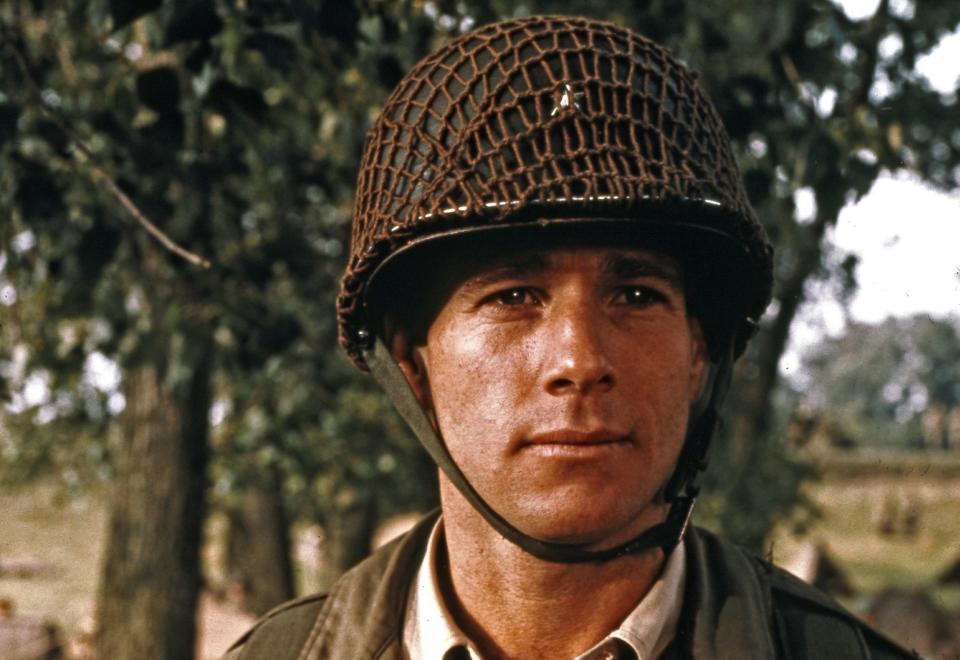
In 1979 O’Neal began an affair with Farrah Fawcett, the former star of the hit television series Charlie’s Angels and wife of O’Neal’s friend, the actor Lee Majors. The couple settled into a stormy relationship, with very public rows and reconciliations. On one occasion Farrah Fawcett was photographed with two black eyes; she went on to describe O’Neal as “a loud, rowdy son-of-a-bitch”.
Nevertheless, the relationship endured and O’Neal appeared in a string of unremarkable films throughout the 1980s including Irreconcilable Differences (1984), a romantic comedy with Shelley Long and Drew Barrymore, and the critically panned Norman Mailer crime drama Tough Guys Don’t Dance (1987), in which he starred opposite Isabella Rossellini.
O’Neal’s reputation was not enhanced by an incident in 1984 in which he punched his teenage son, knocking out two of the boy’s teeth. “I beat up my own kids,” he said. “I am deeply ashamed.”
During the late 1980s his screen appearances were mostly limited to television, and in 1991 he starred opposite Farrah Fawcett in a short-lived television sitcom entitled Good Sports.
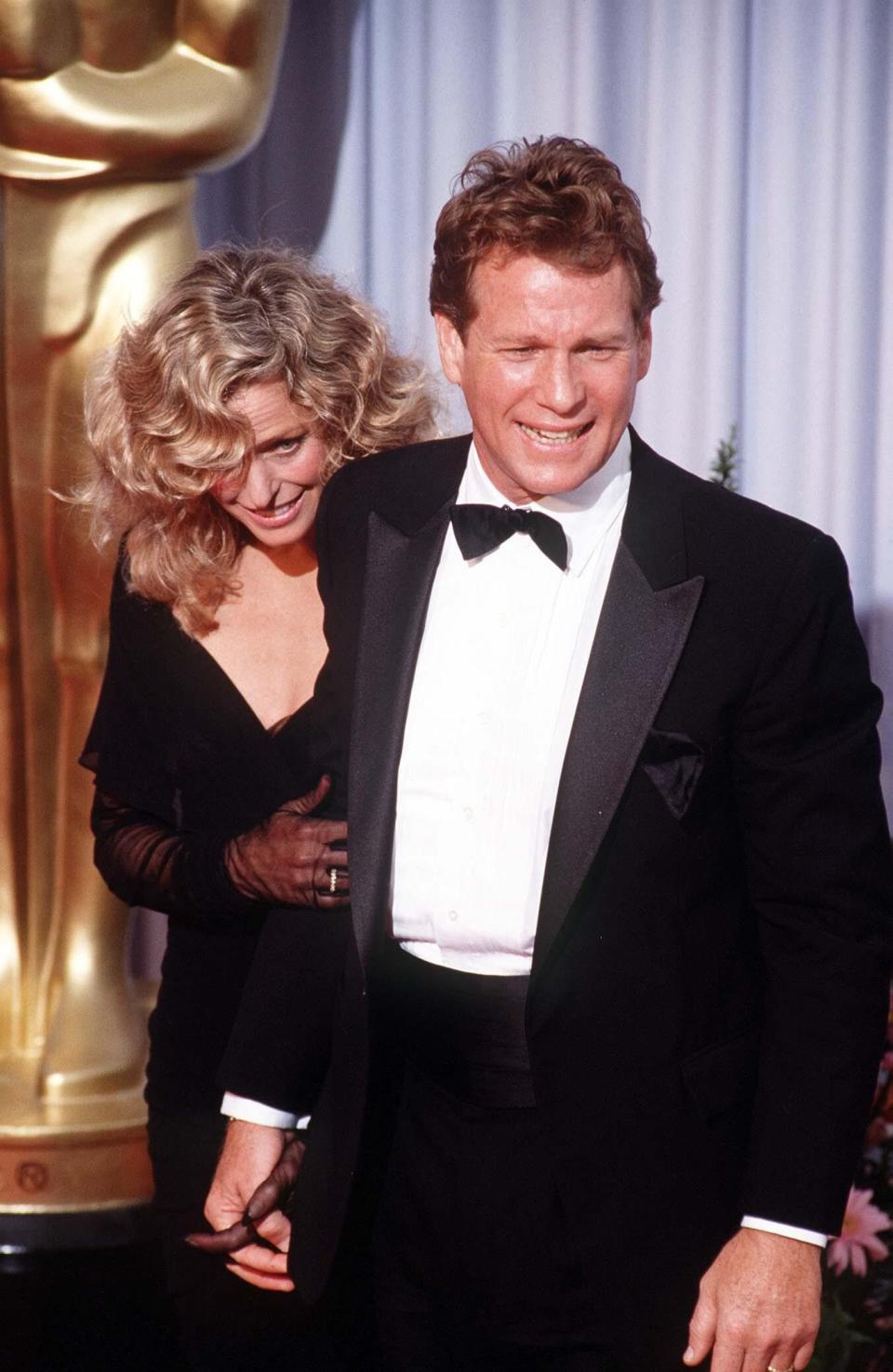
He returned to the big screen, notably with Paul Mazursky’s comedy Faithful in 1996. In 2009 Mazursky told Vanity Fair about O’Neal’s legendary truculence: “He’s sweet as sugar, and he’s volatile… He’s sort of a big baby at times, but he’s a good guy, and he’s very talented. He’s had a strange career, but he was a monster star.”
In 2002, after leukaemia had been diagnosed, he appeared alongside Al Pacino in the thriller People I Know.
One of his later projects, in the summer of 2011, was a reality TV show for OWN, the Oprah Winfrey Network, about his attempt to reconnect with his daughter, Ryan and Tatum: The O’Neals.
O’Neal separated from Farrah Fawcett in 1994. “Women don’t play a big part in my life these days,” he said late in life, “but I’m not complaining because all that belongs to my past.” They were reconciled in 2001 and in 2009 she died of cancer. In 2012 he published Both of Us: My Life with Farrah. That year he was treated for prostate cancer.
Ryan O’Neal married, first, in 1963, the actress Joanna Moore; in 1967, they divorced and he married, secondly, the actress Leigh Taylor-Young, from whom he was divorced five years later. He is survived by four children (all of whom became actors or broadcasters): his daughter Tatum and a son from his first marriage, a son from his second marriage, and a son from his relationship with Farrah Fawcett.
Ryan O’Neal, born April 20 1941, died December 8 2023

